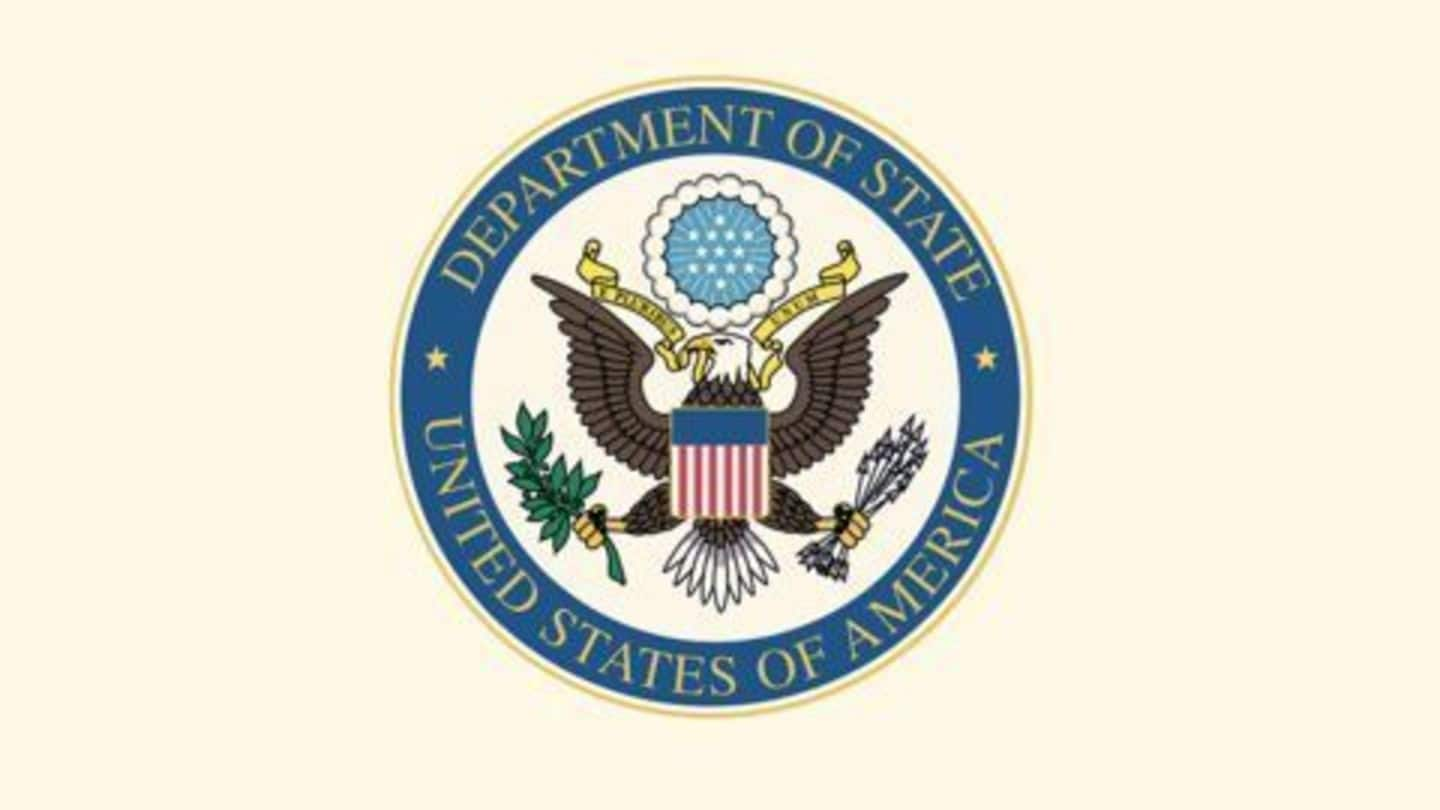
Cap on EB-1 visas for highly-skilled Indians and Chinese
What's the story
The US State Department has announced that an upper limit on accepting EB-1 visa applications from Indians and Chinese would be imposed soon.
It is for the first time in about nine years that a decision to limit the prized US citizenship for skilled immigrants has been taken.
This move could affect the current work authorization of some highly-skilled workers in the US.
Introduction
What is the EB-1 US visa?
The EB-1 visa is an employment-based permanent visa for highly-skilled immigrants in the US falling in a preference category.
EB-1 is intended for immigrants with extraordinary abilities such as outstanding researchers or professors, and certain managers and executives at foreign/multinational organizations.
It is meant for the "best and brightest" in the world aspiring to become permanent residents and eventually citizens of the US.
Data
Number of EB-1 visas granted in 2015
According to the official records of the US State Department, 12,253 Indian nations were granted EB-1 visas while 6,239 Chinese nationals were granted the same in 2015 alone. However, the number of EB-1 visas issued in 2016 so far was not provided.
Priority Date
Priority date for approving visa applications
As of now (July), the priority date for approving EB-1 is 'current' - which means that the applications would be considered immediately.
However, from Aug'16, the priority date for EB-1 visa applications from Indians and Chinese would be set to 1 January 2010.
It means that only those applicants who have submitted applications before 1 January 2010 would be considered for this year.
Employee Woes
Priority date for 2017 might be set to current
Employees on a time-limited, non-extendable US visa and waiting for EB-1 might find themselves being forced to leave after their time gets over.
EB-1 allocations begin once again on 1 Oct'16; Indians and Chinese, whose visas still have time, aren't likely to face any problem.
EB-1s for 2017 would become available from October when the priority date might be set back to current.
Information
Backdating the deadline
Retrogressing (backdating a deadline) is an administrative procedure to keep the visa applications in an ordered queue to manage easily when there aren't enough visas to be supplied. The EB-1 priority date for India and China has retrogressed thrice and six times respectively.
Limitation
EB-1s available in each year are limited
The number of EB-1s available in each year is limited; the exact EB-1 limitation for each country isn't precisely stated as it depends on some varying factors.
The surge in applications from one country could reduce the number of applications available to another country.
EB-1 has been considered the most reliable and quickest manner to get permanent authorization to work in the US.
Eligibility
Permanent residency, the first step towards citizenship
Changing to permanent residency is the first step gain citizenship, and it doesn't need employer sponsorship, or renewing or extending a visa.
Experts advise employees to do everything possible to gain the eligibility for EB-1 visa.
Strategies to obtain the same include working for highly-valued organizations, getting promotions to managerial posts outside the US, getting published in reputed publications, etc. before applying for EB-1.
Quote
Historically the fastest employment-oriented visa
Susan Cohen, Chairperson of the Immigration Practice- Mintz Levin (a Boston-based law firm), stated: "The conventional wisdom is- try to get into the EB-1 because you don't have to worry about it. It's fastest employment-oriented way. Historically it's always been the fastest."